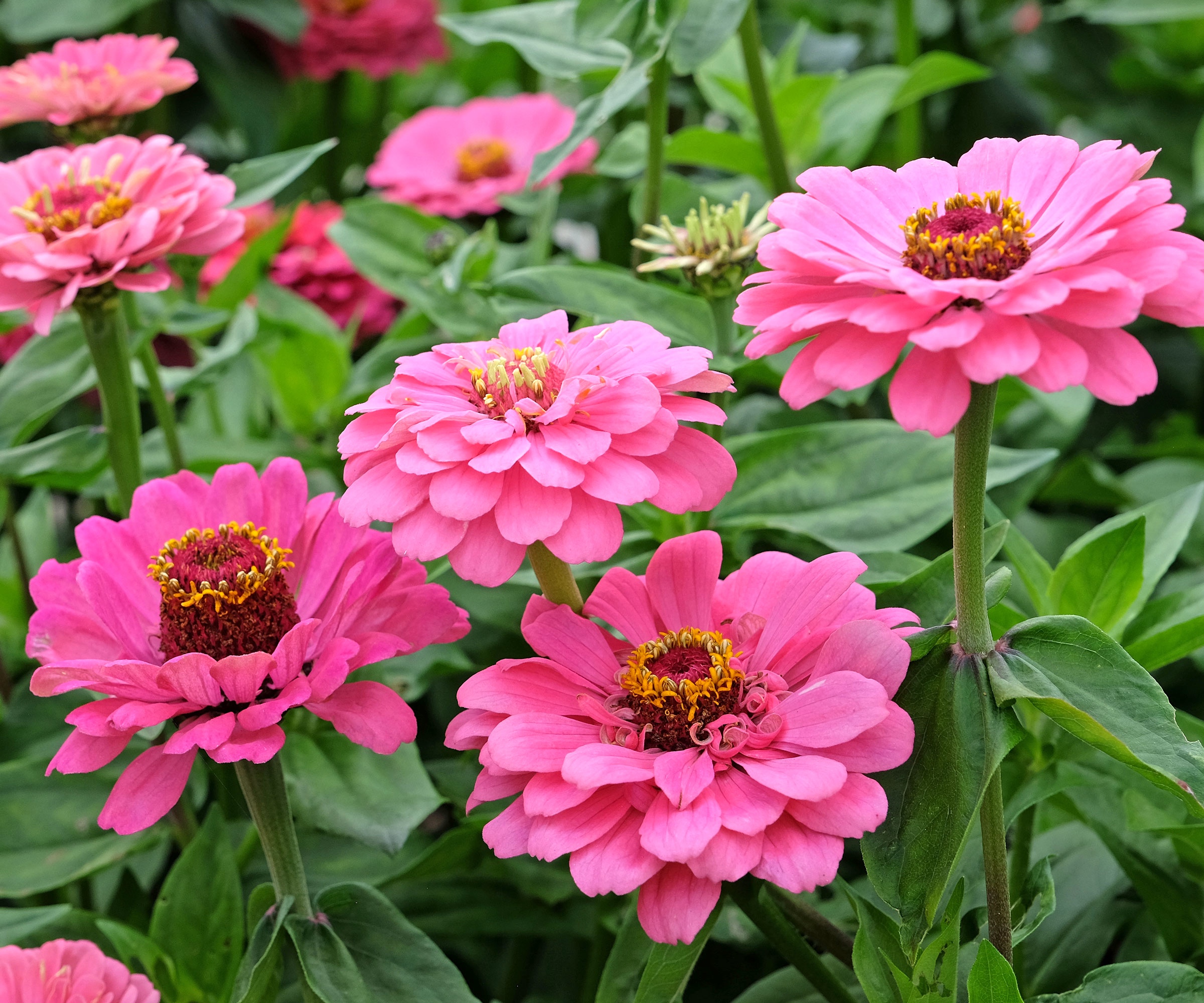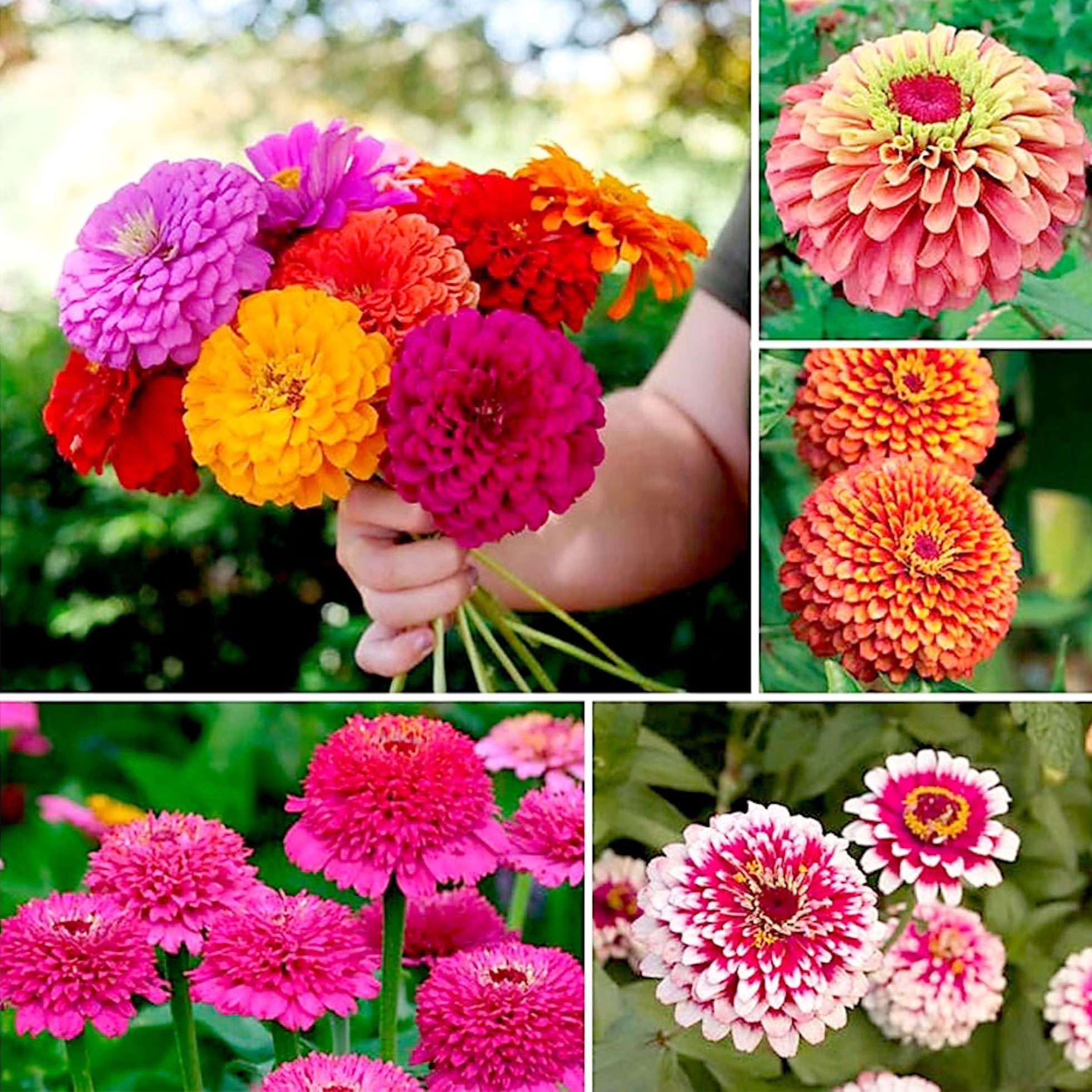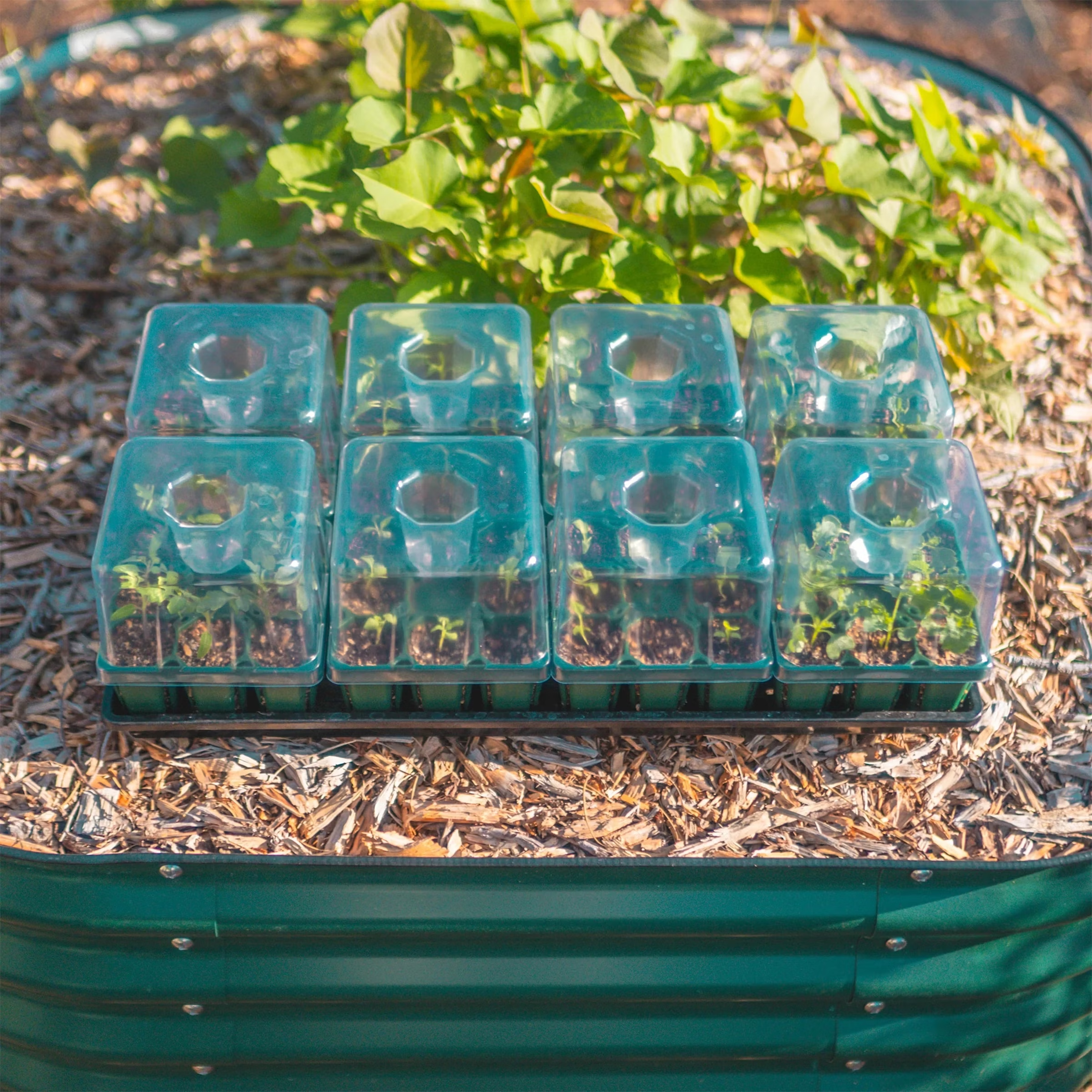8 Fabulous Flower Seeds To Plant In July – Because It’s Not Too Late To Sow Now For Spectacular Color From Summer Until Fall
Craving summer color but thinking you’ve missed the sowing window? There’s still time to shine – try these 8 flower seeds to plant in July for fabulous florals that last into autumn


Amy Draiss
So many flowers are in bloom in July, you’re probably thinking it’s too late to start any more and get them well developed before the summer ends – but you’d be mistaken. There are some gorgeous specimens that can still be started now for a brilliant display later in the year. If you pick the right flower seeds to plant in July, you could be enjoying the spectacle of lively floral color well into high summer and fall.
The hot weather can both work with and against you if you are seed starting outside. You can harness that heat to get seeds to germinate quickly – you just have to remember to take care to keep them well watered. Sow these fast-growing flower seeds now to enjoy late summer and early fall flowers as other blooms start to fade in the garden.
Choosing Flower Seeds You Can Sow in July
July might seem like the wrong time to start plants, but it’s all about plant selection. Because it’s hot out now, you can sow seeds directly outside. The summer heat will help those seeds germinate quickly. It’s just a question of working with your planting zone, keeping a close eye on watering young seed starts, and choosing the right flowers to sow in July.
Once you plant seeds, be sure to keep the soil consistently moist. The heat and potential for drought conditions can work against you in this project. Keep a careful eye on the soil. You may need to water twice or even three times a day, depending on weather conditions.
Before sowing the seeds, prepare the soil by turning it and adding some compost or fertilizer. Once the seeds have germinated and grown a little, thin out the smallest seedlings, so the remaining are appropriately spaced. Keep watering them well as they grow for beautiful speedy blooms that bring a welcome splash of color from late summer into fall.
1. Sunflowers

Sunflowers bloom in late summer but also well into fall. They’ll germinate in about 10 days and bloom in 10 weeks or less, depending on the variety. Some fast options, such as ‘Ruby Eclipse’ and anything from the Procut series, mature in just 55 days. You can find a good range of quick-developing sunflower varieties at Burpee.
While you are probably already seeing them out and about, sunflowers are some of the best flower seeds to plant in July. Sow these summer-long annuals in an area with rich soil and full sun. Make sure your flowers will have some support if you grow the taller types. You can sow the seeds near a fence or wall, or use stakes to keep them upright as they grow.
2. Zinnias

The zinnia is another summer classic that grows fast and will take you into fall with lovely blooms. They produce colorful, multi-petal flowers that are great for cutting. In fact, the more you cut zinnia flowers for bouquets, the more additional flowers you’re likely to get. You’ll find a great selection of zinnias available at Burpee.
Sign up for the Gardening Know How newsletter today and receive a free copy of our e-book "How to Grow Delicious Tomatoes".
Zinnias should begin flowering eight weeks after you sow seeds. They do well in average soil, as long as it drains well. Sow into a flower bed with a full sun aspect, as roots do not like to be disturbed. Keep the soil moist, but not soggy, and thin seedlings according to the variety of zinnia and packet instructions. Pinch back and deadhead flowers to promote more blooms. With full sun, they will bloom until the first frost of fall.
3. Marigolds

These cheerful annuals will bloom all summer and into fall, so you’ll still get plenty of flowers if you start growing marigolds in July. Choose French marigold varieties that have the shortest maturity time, such as ‘Tiger’s Eyes’, available in the Gardening Know How Shop.
These easygoing bloomers can be started in raised beds or large planters, and work especially well planted alongside any tomatoes you may have started already. July-sown flowers should bloom between 50 and 60 days after sowing. Grow in full sun with soil that drains well, and deadhead regularly to get continuous blooms.
4. Calendula

Also known as pot marigold, this is another cheerful orange flower for the garden that can be planted in midsummer. Typically grown as an annual, calendula will bloom from summer into fall, up to the first frost. Sow calendula seeds in full sun or a spot with a little afternoon shade. Grow in poor to average well-draining soil.
Calendula is a heavy feeder, so add compost or fertilizer to poor soil. Expect to get blooms as soon as 45 days after sowing the seeds. Be sure to pinch out stalks to prevent spindly growth, and deadhead plants to promote further flowering. You can buy ‘Pacific Beauty’ seeds from Everwilde Farm at Walmart.
5. Sweet Alyssum

Delicate sweet alyssum flowers add a romantic touch and are loved by pollinators. These sweet-smelling annuals are some of the most rewarding picks for flower seeds to sow in July, and some of the fastest growing flowers to start now. They grow low to the ground and bloom with tiny white or purple flowers 50 to 60 days after sowing. The seeds need sun to germinate. Sow them by scattering on the surface of the soil.
Sweet alyssum grows better in the cooler temperatures of spring and fall, but they’ll grow in summer. They can be grown in various soil types, but be sure to provide them with afternoon shade and water frequently as they grow. Try the beautiful ‘Pastel Carpet’ seed mix from Walmart, or ‘Snow Crystals’ seeds from the Gardening Know How Shop.
6. Sweet Pea

Sweet pea flowers are a classic cottage garden staple. These romantic blooms come in a range of colors and will bloom from seed in as little as 50 days. Just make sure you choose the annual type (Lathyrus odoratus), as perennial sweet pea (L. latifolius) is invasive. Also, be aware that this is not the type of pea you can eat – it is toxic.
If you plant sweet pea seeds now, you’ll have plenty of highly charming and beautifully scented flowers for late summer – and well into fall. Try the ‘Knee High Mix’ of sweet pea seeds from The Old Farmer’s Almanac, available to buy from Walmart.
7. Poppies

Poppies are easy to grow and flower around 55 days after sowing. The seeds are very small, so just scatter them in the area where you have prepared soil, and keep it moist as they grow. Poppies like full sun and they don’t need much interference to thrive and grow.
Poppies don’t make good cut flowers because they don’t last long, but they are beautiful in a cottage garden or wildflower bed. Also, you can harvest the seeds to keep for next year. There are plenty of lovely poppy varieties to try, with a gorgeous selection of poppy seeds at Burpee – and you can find unusual ‘Hungarian Blue’ in the Gardening Know How Shop.
8. Flax

Flax is an unexpected choice, but it matures quickly and is very easy to grow. Flax is grown for its fibers, but you can also grow it simply to enjoy the pretty blue flowers. Sow seeds in an area with full sun. Apart from that, flax plant care is a simple affair.
Ideally, the soil should be slightly acidic and consistently moist. Flax seeds take about three weeks to germinate, but will be blooming within 50 days. You can buy common flax seeds from West Coast Seeds.
This article features products available from third party vendors on the Gardening Know How Shop. Keep in mind that our plant inventory is limited - so if you’re thinking of purchasing, don’t wait!

Mary Ellen Ellis has been gardening for over 20 years. With degrees in Chemistry and Biology, Mary Ellen's specialties are flowers, native plants, and herbs.
- Amy DraissDigital Community Manager

